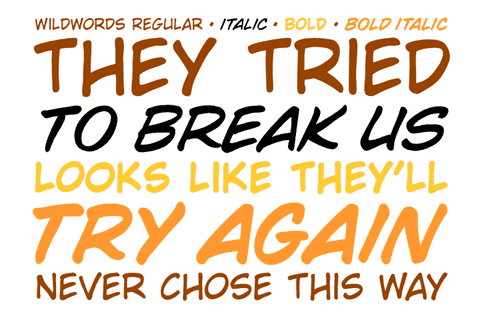
Highlighting some of the possible connections between visual style and content-specific elements on the one hand, and the Japanese language plus the culture of manga production, dissemination, and consumption in Japan on the other hand, I argue that the manga as style position is not as pure a possibility-transcending all cultural and material situatedness-as it is sometimes held up to be. Building on research on manga, comics, and bande dessinée, I outline a framework that attempts to take stock of the most common features associated with works being considered manga.

In the present paper, I examine one of the fundamental dichotomies underpinning the arguments in relation to the meaning of manga, the tension and interrelationship between the “style” versus “made in Japan” positions. The term manga is used to refer to a range of related and at times exclusive domains according to the position of the speaker.


 0 kommentar(er)
0 kommentar(er)
